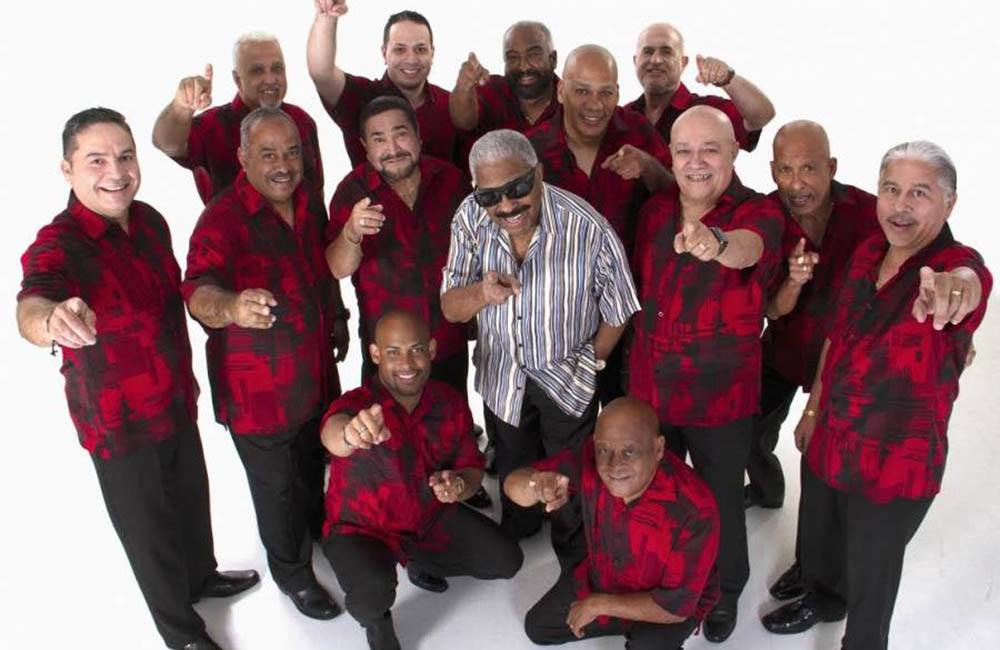Meet Marlow Rosado, a Talented Pianist
Marlow Rosado is a versatile artist with a born talent, a pianist, arranger, writer and orchestra director. His genres are quite diverse, and they have given him a great career path within music. Among his genres we can find merengue, jazz, bachata, salsa, reggaeton, rock and cumbia. His amazing abilities have taken him to participate in some big and high profile productions. He has collaborated with renown artists such as Alejandra Guzmán, Ricardo Montaner, Elvis Crespo, Marc Anthony, Celia Cruz, Selena, Olga Tañón, El Gran Combo de Puerto Rico and Ricky Martin.
Rosado was born in Puerto Rico, but from a young age he moved to Florida. In the USA he had the opportunity to study music, and he specialized in jazz. He started to participate as a teacher in his area, while sharing his knowledge. Also, he was part of some groups as director, musician and composer.
I was formed in orchestras in which the architect was the director, the musician, not just the singer like La Fania, and so many others. I loved mine “La Riqueña” with the best musicians that I’ve met along these years. Then, I made an album my way. An album that you can make when you don’t have any kind of limitations”, he expressed.
His New Adventure is “Boricuas en Nueva York”
The artist has obtained on two occasions the coveted Latin Grammy. Now, he presents “Boricuas en Nueva York” with another Puerto Rican Frankie Negrón, and hand in hand with the record company JN Music Group.

Since a couple of weeks the single has been on different digital platforms, and on YouTube the numbers keep rising. It has lyrics, production, and arrangements by Marlow himself, but it doesn’t have a music video, just a flyer with the name and Rosado’s picture.
Está botao el boricua en New York (está botao), está botao el boricua en New York (el boricua de Nueva York, está botao el boricua en New York (el jibarito está botao), está botao el boricua en New York”, it’s the song’s chorus.
As it was expected, the production is full of caribbean rhythms, especially Puerto Rican salsa where it feels his pride for his country. It lasts around two minutes, and has a catchy melody. “Boricuas en New York” is the first single of Marlow’s new musical production named “Los Colores de la Salsa” which is expected shortly, because there have been some last minute adjustments.
Rosado announced the single’s release through his Instagram profile, and stated that it will be an incredible album. He also thanked Negrón participation.
Here is Boricuas en New York. Marlow Rosado and Franklin Negrón. ENJOY IT MY PEOPLE”, he posted with a lyrics video.
Rosado performs in different latin establishments in Miami city. He is known as the music’s Dalí, because the magic that he produces when playing piano, can be compared to the famous painter’s brushes. Definitely, he is a highly talented jazz pianist, and his name will continue to be heard within the industry.












